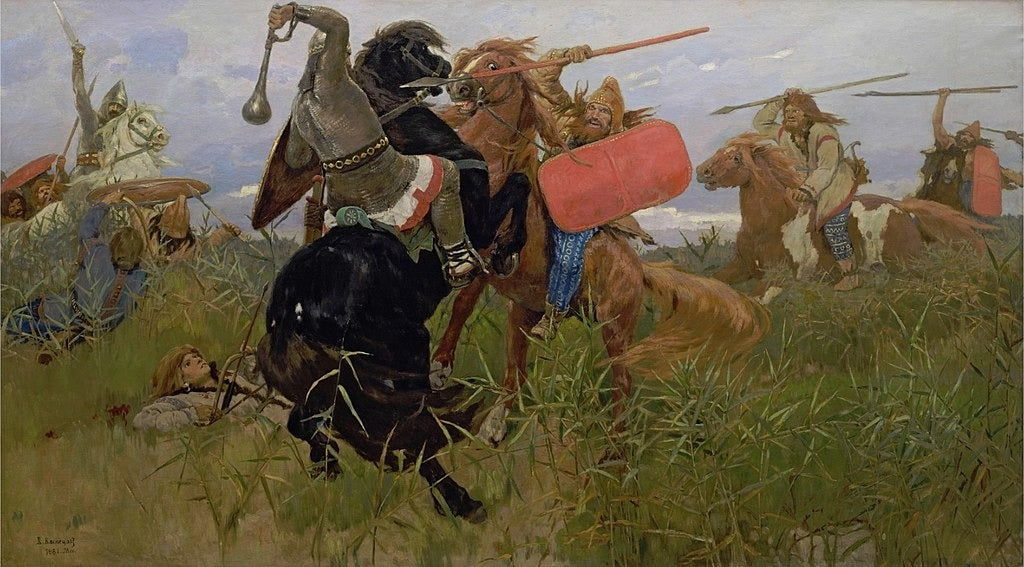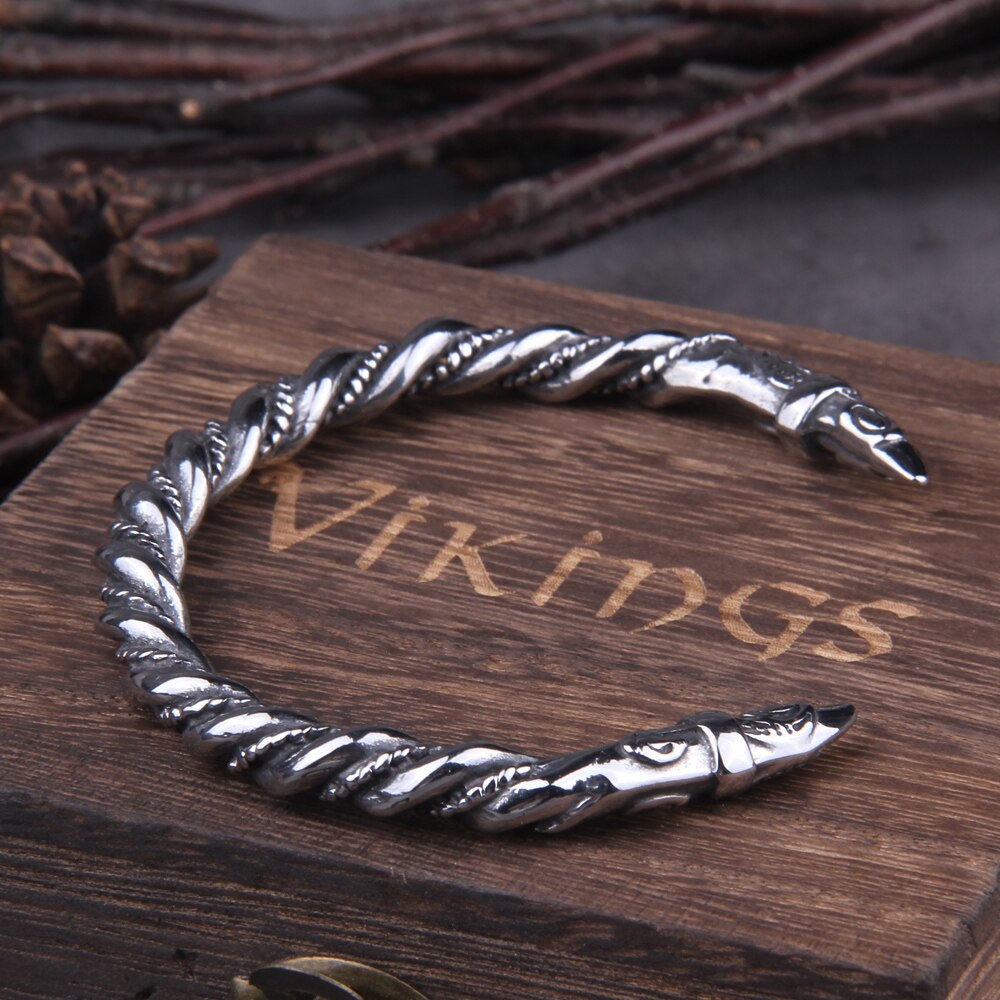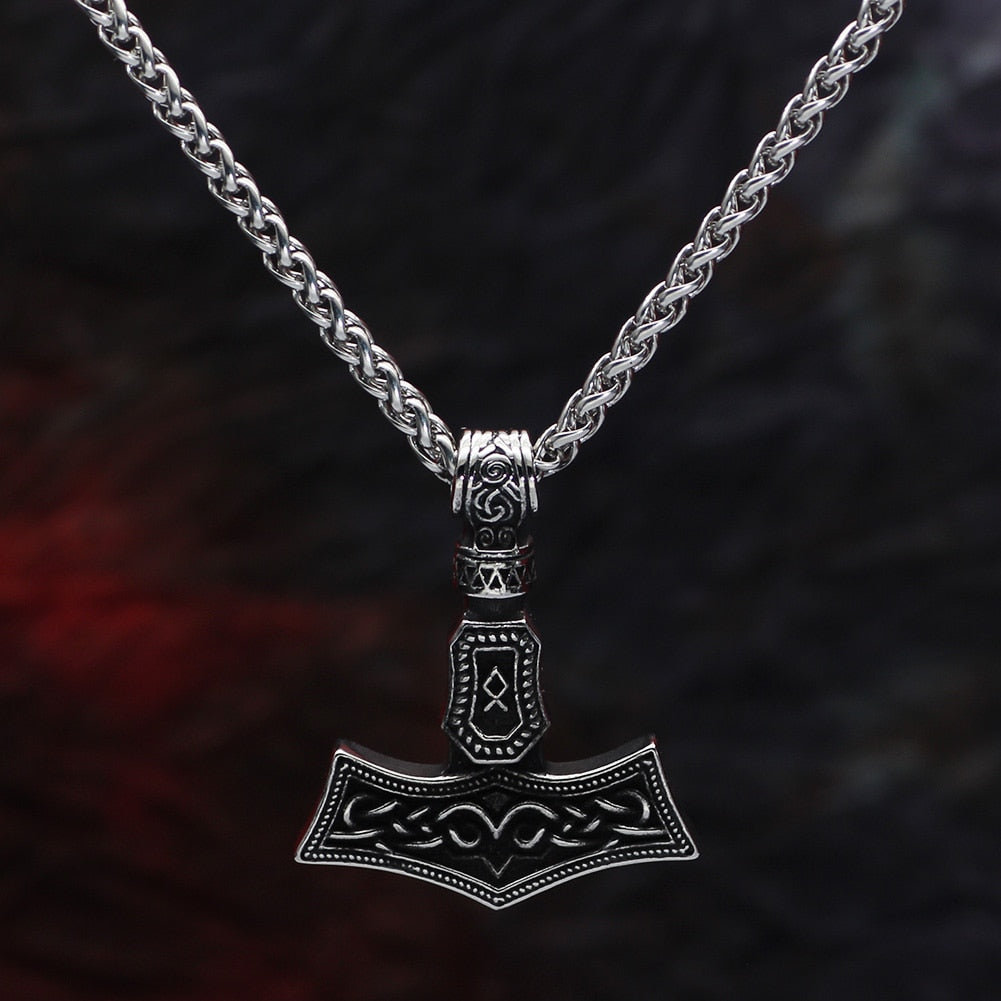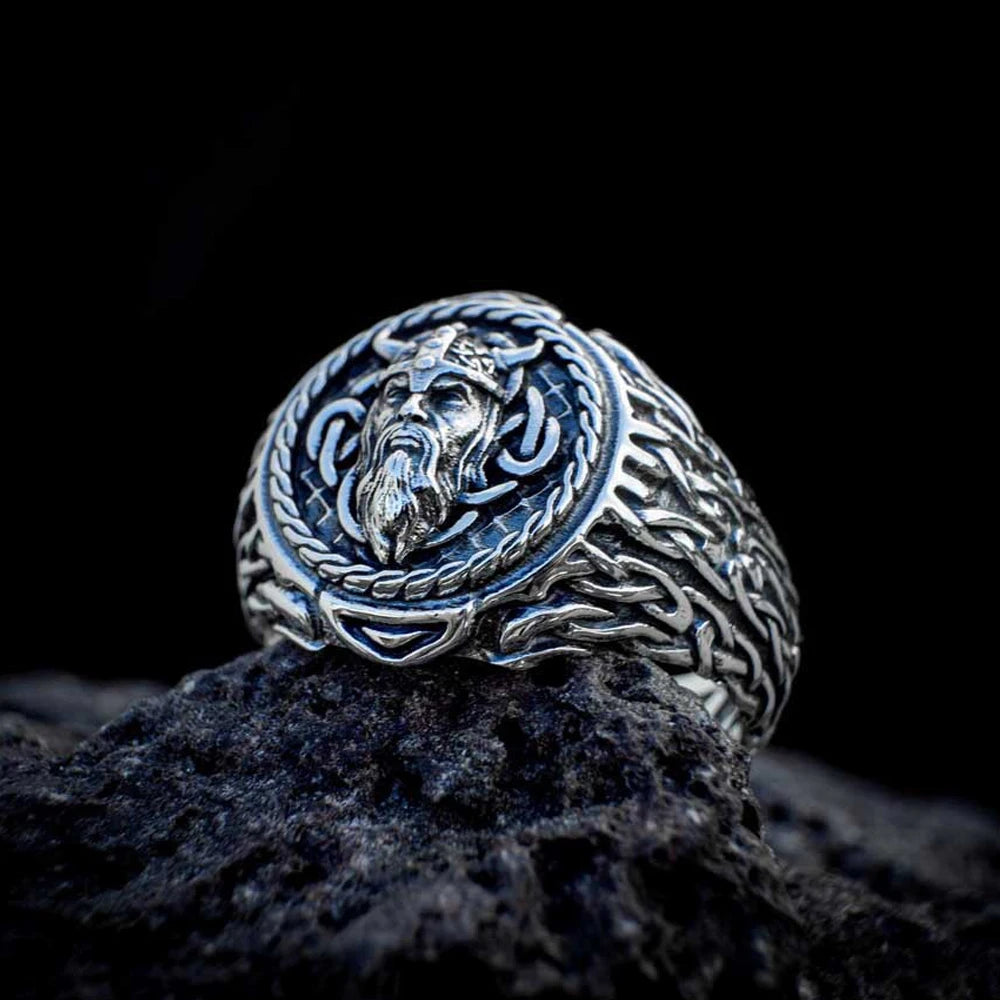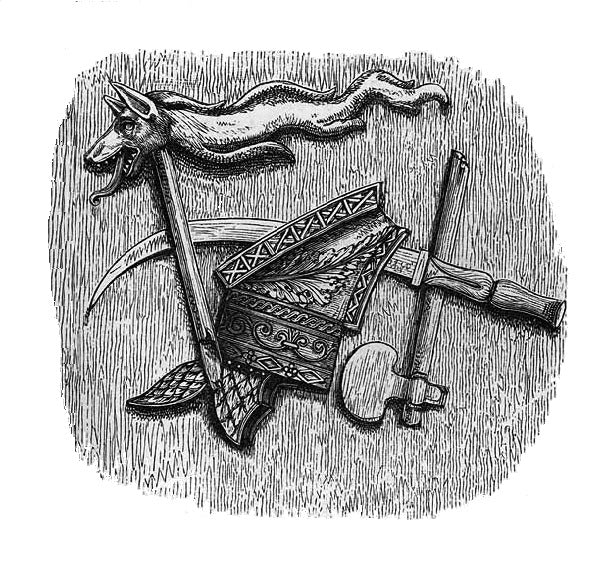
The Dacians: An Ancient People of the Carpathians
The Dacians were an ancient Indo-European people who inhabited the region known as Dacia, corresponding largely to modern-day Romania and Moldova, as well as parts of Bulgaria, Serbia, and Hungary. This area, characterized by the Carpathian Mountains and the Danube River, provided a natural fortress that influenced the Dacians' development and interactions with neighboring cultures.
Early Historical References
The earliest mention of the Dacians comes from Greek and Roman sources. Herodotus, in his "Histories," refers to a people called the Getae, whom he describes as the bravest and most just of the Thracians. Later Roman writers, including Julius Caesar, Strabo, and Pliny the Elder, used the terms "Dacians" and "Getae" interchangeably, though some distinctions were occasionally made. Modern scholarship often considers the Getae and Dacians as closely related, if not identical, groups within the broader Thracian ethnolinguistic family.
Cultural and Societal Aspects

Dacian silver bracelets from the National Museum of Transylvanian History (Photo: CristianChirita CC BY 2.5).
Religion and Beliefs
The Dacians practiced a polytheistic religion with a strong emphasis on the afterlife and the immortality of the soul. Their chief deity was Zalmoxis, a god associated with immortality and the underworld. According to Herodotus, the Dacians believed that death was merely a transition to a better life, a belief that made them fearless in battle. Religious practices included rituals, sacrifices, and possibly the use of sanctuaries in mountainous regions.
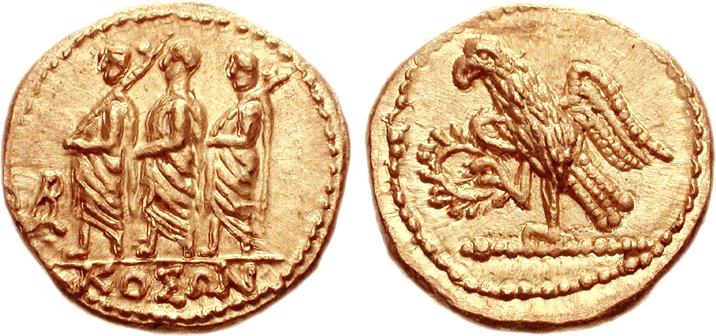
Geto-Dacian Koson, mid 1st century BC (Photo: CNG CC BY-SA .3.0)
Social Structure and Economy
Dacian society was hierarchical, with a king at the top, followed by nobles (tarabostes) and commoners (comati). The economy was primarily agrarian, supplemented by mining, metallurgy, and trade. The region was rich in resources, including gold, silver, and iron, which the Dacians skillfully exploited. Their expertise in metalwork is evident in the intricate jewelry and weaponry discovered in archaeological sites.
Art and Craftsmanship
Dacian art reflects a synthesis of indigenous traditions and external influences, notably from the Celts and Greeks. Artifacts such as ornate bracelets, fibulae, and pottery showcase their craftsmanship. Motifs often included geometric patterns, spirals, and representations of animals, indicating a symbolic and possibly religious significance. The Dacians' artistic legacy has had a lasting impact on Romanian folk art.
Military Prowess and Conflicts

Image of 'Trajan's Column', depicting the testudo formation during the 2nd century Dacian-Roman Wars (Photo: Mharrsch CC BY-NC-SA 2.0)
Dacian Wars with Rome
The Dacians were formidable warriors, known for their resistance against Roman expansion. Under King Burebista in the 1st century BCE, Dacia became a significant power in Eastern Europe. However, it was during the reign of King Decebalus that the most notable conflicts with Rome occurred. Emperor Trajan launched two major campaigns against Dacia (101–102 CE and 105–106 CE), culminating in the defeat of the Dacians and the annexation of their territory as a Roman province. Trajan's Column in Rome commemorates these victories, depicting scenes of battle and Dacian life.

Dacian Weapons (Photo: Cristian Chirita CC BY-SA 3.0).
Fortifications and Warfare Tactics
The Dacians constructed complex fortification systems, particularly in the Orăștie Mountains, which included stone walls, towers, and ditches. These fortresses, such as Sarmizegetusa Regia, served as military, religious, and administrative centers. Dacian warriors utilized a variety of weapons, including the falx, a curved sword capable of inflicting severe wounds, which prompted the Romans to reinforce their armor.
Interrelations with Neighboring Peoples

Map of the Dacian Kingdom under King Burebista (Illustration: Portasa Cristian)
The Getae and the Dacians
The terms "Getae" and "Dacians" were often used interchangeably by ancient authors, leading to some confusion regarding their identity. While some sources suggest they were distinct tribes, the prevailing view is that they were closely related groups within the Thracian cultural sphere. The use of different names may reflect regional variations or the perspectives of external observers.
Association with the Goths
In late antiquity, some writers, notably Jordanes in his work "Getica," identified the Getae with the Goths, suggesting a shared ancestry or cultural continuity. This association has been a subject of scholarly debate, with some interpreting it as a conflation of distinct groups due to similarities in names or geographical proximity. While there may have been interactions between the Dacians and migrating Gothic tribes, the extent of their relationship remains uncertain.
Genetic Heritage and Legacy

A 2nd century marble carving from the Forum of Trajan, depicting a captured barbarian belived to be a Dacian (Photo: Mharrsch CC BY-NC-SA 2.0).
Y-DNA Haplogroups
Genetic studies have provided insights into the paternal lineages present in ancient Dacia. Haplogroup R1b, particularly the subclade R1b-Z2103, has been identified among Dacian remains, suggesting a connection to Indo-European migrations from the Pontic-Caspian steppe. Other haplogroups, such as E-V13, J2a, and I2, have also been detected, indicating a diverse genetic landscape shaped by various population movements and interactions over time.
Cultural Continuity and Influence
Despite the Roman conquest and subsequent assimilation, elements of Dacian culture persisted in the region. Romania's national identity has been influenced by this heritage, with Dacian symbols and motifs appearing in folklore, art, and national emblems. The Dacians' legacy endures as a testament to their resilience and cultural richness.
The Dacians were a significant ancient people whose influence extended beyond their military confrontations with Rome. Their complex society, rich cultural traditions, and interactions with neighboring tribes contribute to our understanding of the historical dynamics in Eastern Europe. While some aspects of their history remain shrouded in mystery, ongoing research continues to shed light on their enduring legacy.
ᚸ
Frequently Asked Questions (FAQs)
Who were the Dacians?
The Dacians were an ancient Indo-European people who inhabited the region of Dacia, corresponding largely to modern-day Romania and surrounding areas.
What is the relationship between the Dacians and the Getae?
Ancient sources often used the terms "Dacians" and "Getae" interchangeably, suggesting they were closely related or identical groups within the Thracian cultural sphere.
Did the Dacians have any connections to the Goths?
Some late antique writers, like Jordanes, associated the Getae with the Goths, but modern scholarship views this as a conflation of distinct groups, with limited evidence of direct connections.
What were the main features of Dacian religion?
Dacian religion was polytheistic, with a strong emphasis on the afterlife. Their chief deity was Zalmoxis, associated with immortality and the underworld.
What genetic markers are associated with the Dacians?
Genetic studies have identified haplogroups such as R1b-Z2103, E-V13, J2a, and I2 among Dacian remains, indicating a diverse genetic heritage influenced by various migrations and interactions.
References
Herodotus, Histories, trans. Aubrey de Sélincourt, Penguin Classics.
Strabo, Geographica, Loeb Classical Library, Harvard University Press.
Jordanes, Getica (The Origin and Deeds of the Goths), trans. Charles C. Mierow.
Pliny the Elder, Natural History, Loeb Classical Library, Harvard University Press.
IGenea.com, “The Dacians,” https://www.igenea.com/en/ancient-tribes/dacians
Ion Grumeza, Dacia: Land of Transylvania, Cornerstone of Ancient Eastern Europe, University Press of America, 2009.
Academia.edu, “The Getae and the Goths: A Controversy,” https://www.academia.edu
Labalkans.org, “Goths and Dacians,” https://labalkans.org
WorldHistory.biz, “Getae, Getians, Geto-Dacians,” https://www.worldhistory.biz
TheArtBog.com, “The Art of the Dacians: An Ancient Legacy,” https://theartbog.com
Britannica.com, “Getae,” https://www.britannica.com/topic/Getae
History.StackExchange.com, “Are the Dacians and the Getae the same people?” https://history.stackexchange.com/questions/24146
